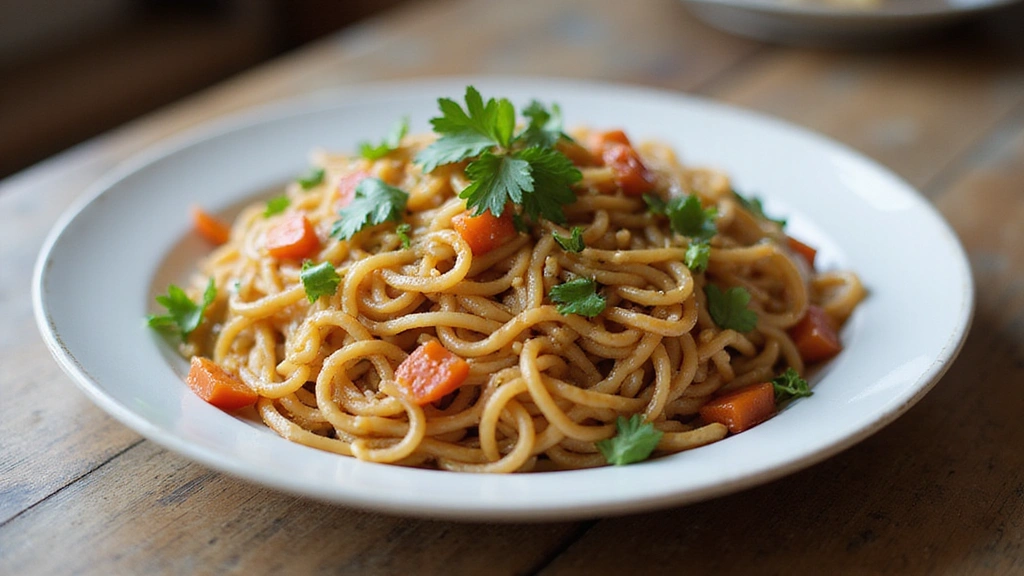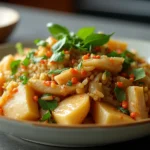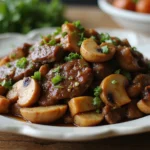This classic Chinese Rice Noodle Stir Fry is a delightful combination of texture and flavor that makes it a perfect weeknight meal.
The tender rice noodles paired with vibrant vegetables and a savory sauce create a dish that’s as satisfying as it is quick to prepare.
I first encountered this dish at a bustling street market in Chengdu, where the aroma of stir-fried goodness filled the air, drawing me in.
Whether you’re in a hurry or looking to impress, this recipe delivers restaurant-quality results with minimal effort.
The History and Cultural Significance
• Chinese Rice Noodle Stir Fry traces its origins to southern China, where rice noodles are a staple in local cuisine.
• The dish evolved over decades as cooking techniques and flavor profiles adapted to regional tastes, eventually becoming popular worldwide.
• In Chinese culture, stir fry dishes traditionally appear during family gatherings and celebrations, symbolizing unity and abundance.
• While many variations exist across different regions, the authentic version maintains a balance of flavors and textures that sets it apart from imitations.
Recipe Overview
Nutritional Information (per serving)
Ingredients
Essential Equipment Guide
Wok: A well-seasoned wok is essential for achieving the high heat needed for stir-frying, which creates the iconic smoky flavor known as ‘wok hei’. Look for a heavy-duty carbon steel wok for the best results.
Spatula: A sturdy spatula with a flat edge is perfect for tossing ingredients in the wok. Opt for a wooden or silicone spatula to avoid scratching the wok’s surface.
Knife: A sharp chef’s knife is crucial for efficiently chopping vegetables and proteins into uniform pieces, ensuring even cooking and presentation.
Preparation Methods
Soaking Rice Noodles: Soaking the rice noodles in warm water before stir-frying helps them soften without overcooking. Aim for a texture that is pliable but firm to the bite, as they will continue to cook in the wok.
High-Heat Stir-Frying: Stir-frying at high temperatures quickly sears the ingredients, locking in flavors and creating a delicious char. Make sure your wok is preheated before adding oil and ingredients to achieve that coveted wok hei.
Creating the Sauce: Mixing the sauce ingredients together before cooking allows for seamless incorporation into the stir fry. Adjust the balance of soy sauce and oyster sauce to suit your taste preferences for a personalized flavor profile.
Step 1: Prepare Ingredients

Begin by soaking the rice noodles in warm water for about 30 minutes.
This will soften them and make them easier to stir fry.
Ensure they are pliable but still have a slight bite to them before draining.
While the noodles soak, you can chop all the vegetables and protein, having everything ready for quick cooking.
Step 2: Heat the Wok
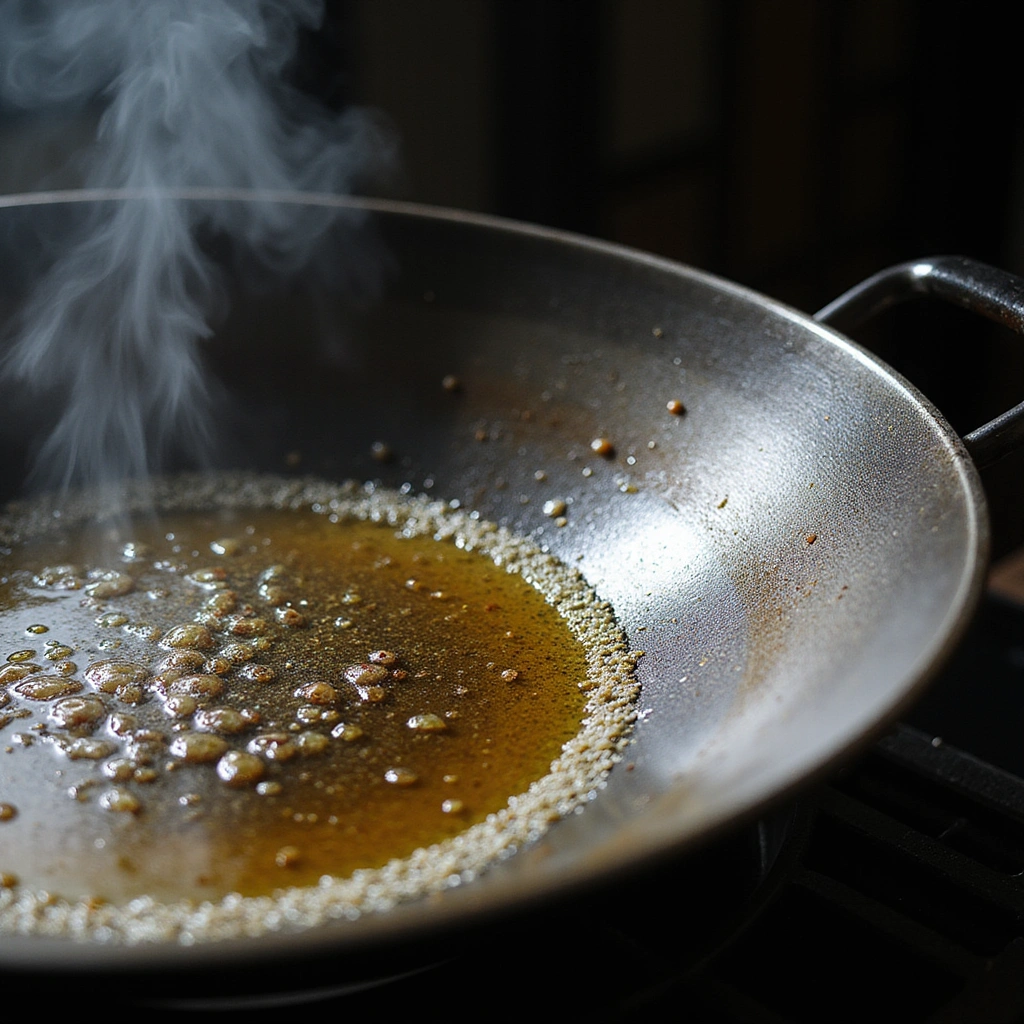
Place your wok on the stove over high heat and let it preheat for a few minutes.
You want the wok to be very hot before adding oil, as this helps to create that signature stir-fry sear.
To test if it’s ready, sprinkle a few drops of water into the wok; if they sizzle and evaporate immediately, you’re good to go.
Add the vegetable oil, swirling it around to coat the surface.
Step 3: Cook the Protein
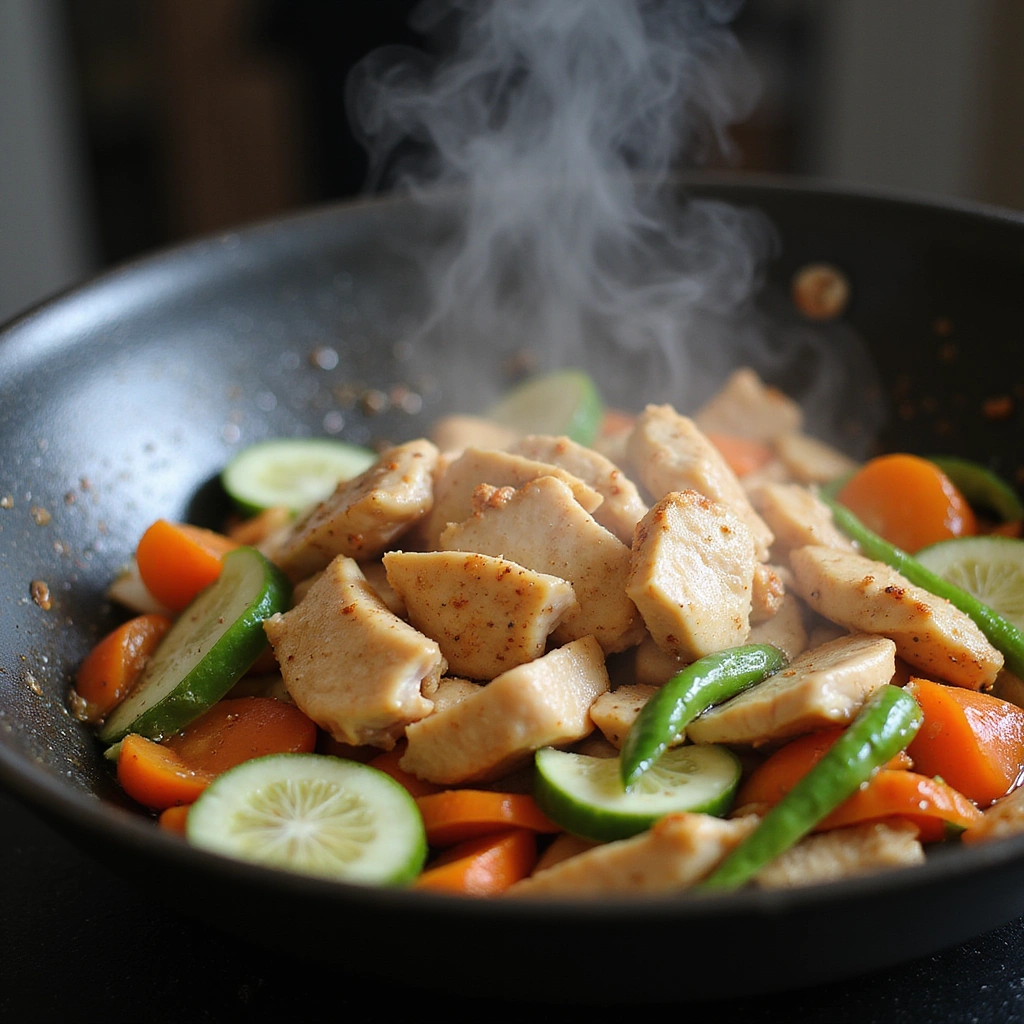
Add the sliced chicken (or tofu) to the hot wok in a single layer.
Quickly stir-fry for about 3-4 minutes until the protein is fully cooked and lightly browned.
Look for the chicken to turn opaque and no longer pink in the center.
Remove it from the wok and set aside, leaving the flavorful drippings in the pan.
Step 4: Stir-Fry the Vegetables

Add the sliced bell pepper, julienned carrot, and broccoli florets to the wok.
Stir-fry for about 2-3 minutes until the vegetables are tender-crisp and brightly colored.
Keep the ingredients moving to prevent burning and to ensure even cooking.
You want them to maintain their vibrant colors and slight crunch.
Step 5: Combine Noodles and Sauce
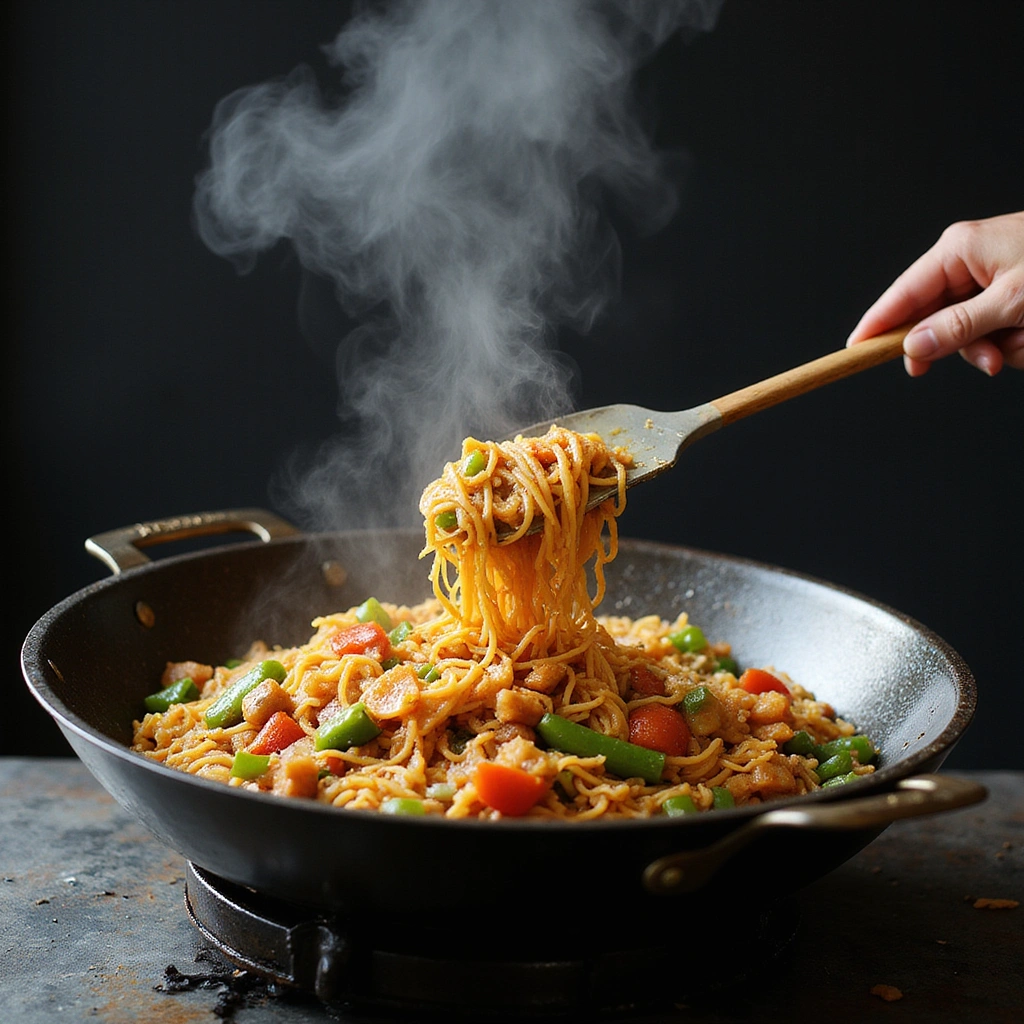
Add the drained rice noodles to the wok along with the cooked protein.
Pour the sauce over the ingredients and toss everything together thoroughly.
Aim for even distribution of the sauce to ensure every noodle and vegetable is coated.
Continue stir-frying for another 2-3 minutes until everything is heated through.
Step 6: Garnish and Serve
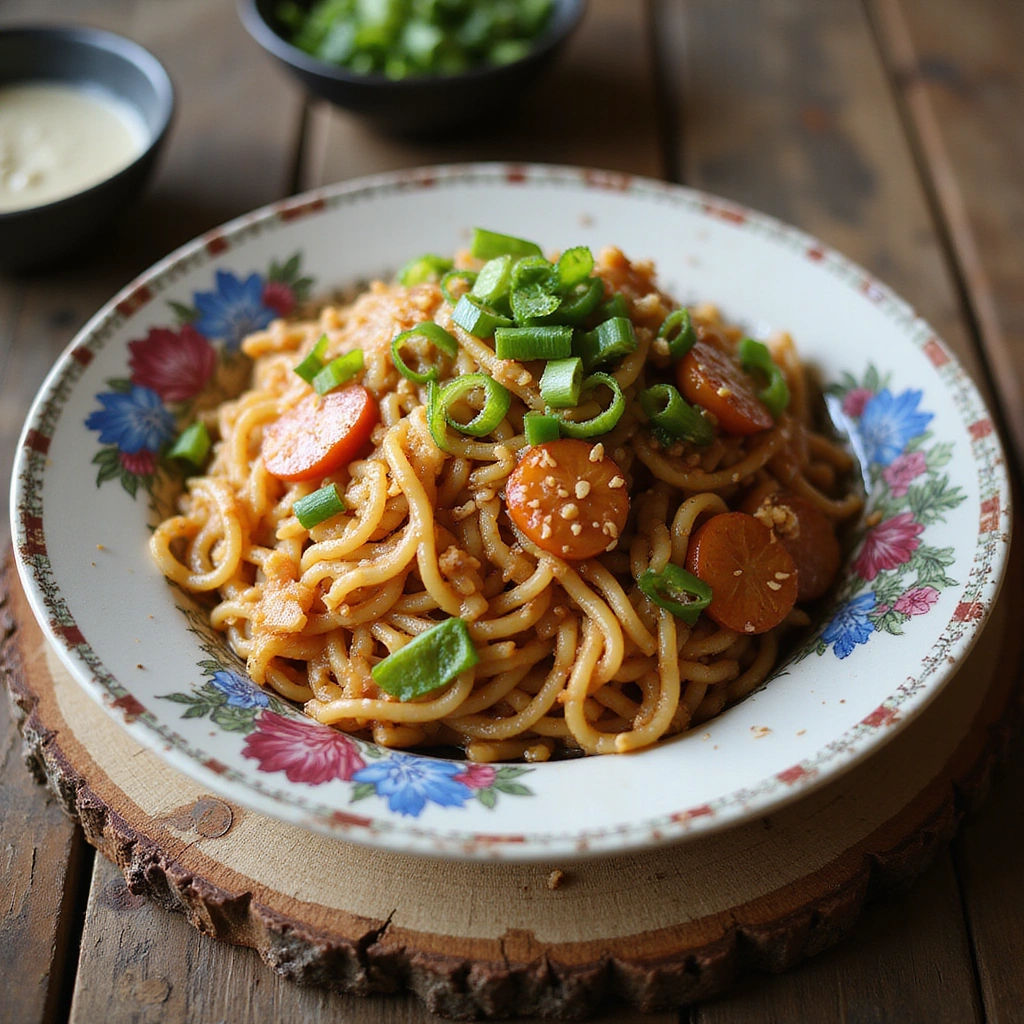
Once everything is well combined and heated through, remove the wok from the heat.
Transfer the stir fry to a serving platter or individual bowls.
Garnish with chopped green onions for a fresh finish and additional color.
Serve immediately while hot for the best texture and flavor.
Critical Timing and Temperature Guide
Cooking the Protein: Cook the protein for about 3-4 minutes on high heat. Look for a golden-brown color and no pink in the center to ensure doneness. Avoid overcrowding the wok, which can lead to steaming instead of searing.
Stir-Frying Vegetables: Aim for 2-3 minutes of cooking time over high heat for tender-crisp vegetables. They should retain their color and crunch. Stir frequently to prevent burning and ensure even cooking.
Heating the Noodles: After adding the noodles, stir-fry for 2-3 minutes until heated through. They should be warm but not overly soft; a slight chewiness is ideal.
Pro Tips for Chinese Rice Noodle Stir Fry Recipe Easy Weeknight Meal
• Ingredient Selection: Use fresh, high-quality vegetables and proteins for the best flavor and texture.
• Preparation Secret: Pre-soak the rice noodles for optimal texture; this prevents them from becoming mushy during cooking.
• Temperature Management: Always start with a hot wok to achieve that signature stir-fried flavor.
• Texture Enhancement: Stir-frying quickly at high heat helps maintain the crispness of the vegetables.
• Flavor Layering: Add the sauce gradually, adjusting to taste as you combine the ingredients.
• Make-Ahead Strategies: Prep all ingredients in advance; store chopped vegetables and proteins in the refrigerator for up to two days.
• Restaurant-Quality Finishing Touches: Drizzle a little sesame oil just before serving for a final flavor boost.
• Equipment Optimization: Ensure your wok is well-seasoned to enhance non-stick properties and flavor development.
Troubleshooting Common Issues
• Texture Too Dense: This usually results from overcooked noodles. Ensure they are soaked just enough but still have a firm texture before adding to the wok.
• Flavors Unbalanced: If the dish tastes bland, consider adjusting the sauce. Add more soy or oyster sauce to enhance the umami flavor.
• Vegetables Too Soft: Avoid overcooking by adding them to the wok after the protein. Stir-fry just until they are tender-crisp.
• Noodles Sticking: Ensure your wok is sufficiently oiled and heated before adding noodles. Stir them continuously to prevent sticking.
• Too Much Sauce: If the dish becomes watery, reduce the amount of sauce next time, or cook it longer to evaporate excess liquid.
Variations and Regional Differences
• Vietnamese Style: Often includes additional herbs like cilantro and mint, giving it a fresh twist.
• Thai Version: Incorporates tamarind for a tangy flavor and often uses a different noodle type, like flat rice noodles.
• Western Adaptation: May include bell peppers and zucchini, focusing on seasonal vegetables for a local touch.
• Modern Interpretations: Many contemporary recipes substitute traditional proteins with plant-based options, catering to vegan diets while maintaining authentic flavors.
Food Science Behind the Recipe
• Maillard Reaction: This chemical reaction between amino acids and reducing sugars gives the stir-fried ingredients their appetizing brown color and complex flavor. High heat is essential for this to occur.
• Starch Gelatinization: Soaking the rice noodles allows starches to absorb water, creating a softer texture that cooks more evenly during stir-frying.
• Emulsification: The combination of oil and sauce creates a coating that clings to the noodles and vegetables, enhancing flavor and mouthfeel.
Frequently Asked Questions
What’s the most common mistake people make when preparing Chinese Rice Noodle Stir Fry? Overcooking the noodles is the top mistake. To prevent this, soak them properly and add them to the wok at the right time.
Can I prepare components of this dish in advance? Yes, you can chop vegetables and proteins ahead of time, storing them in the refrigerator for up to two days.
How do I adapt this recipe for dietary restrictions? Substitute chicken with tofu or tempeh for a vegetarian option, and ensure sauces are gluten-free if needed.
What’s the best way to store and reheat leftovers? Store in an airtight container in the fridge for up to 3 days, and reheat in a wok or skillet over medium heat until warmed through.
Can I freeze this dish? Freezing is not recommended due to the texture of the noodles. However, you can freeze uncooked ingredients separately.
What wine or beverages pair best with this dish? A light white wine, like Sauvignon Blanc, complements the flavors beautifully, or go for a traditional jasmine tea.
How can I scale this recipe up for a crowd? Simply multiply the ingredients proportionally, but be cautious not to overcrowd the wok during cooking, which can affect texture.
What side dishes complement this recipe best? Spring rolls or a simple cucumber salad pair well, offering contrasting textures and flavors.
How do professional chefs elevate this dish for restaurant service? Chefs often add a finishing touch of fresh herbs, citrus zest, or a sprinkle of toasted sesame seeds for additional aroma and presentation.
Serving and Presentation Guide
• Traditional Presentation: Serve in a large bowl, garnished with fresh green onions and a drizzle of sesame oil, showcasing the vibrant colors of the dish.
• Modern Plating Ideas: Use a wide, shallow plate with a ring mold to give the dish height, garnishing with microgreens and edible flowers.
• Accompaniment Suggestions: Pair with a light soy dipping sauce or chili oil for added flavor and heat.
• Special Occasion Presentation: Elevate the dish with fancy plating techniques, using additional garnishes like fried shallots or a sprinkle of toasted nuts for texture.
Conclusion
I hope you give this Chinese Rice Noodle Stir Fry a try on your next busy weeknight.
Its vibrant flavors and quick preparation make it a winning choice for any dinner table.
Embrace the art of stir-frying and enjoy the delicious results!

